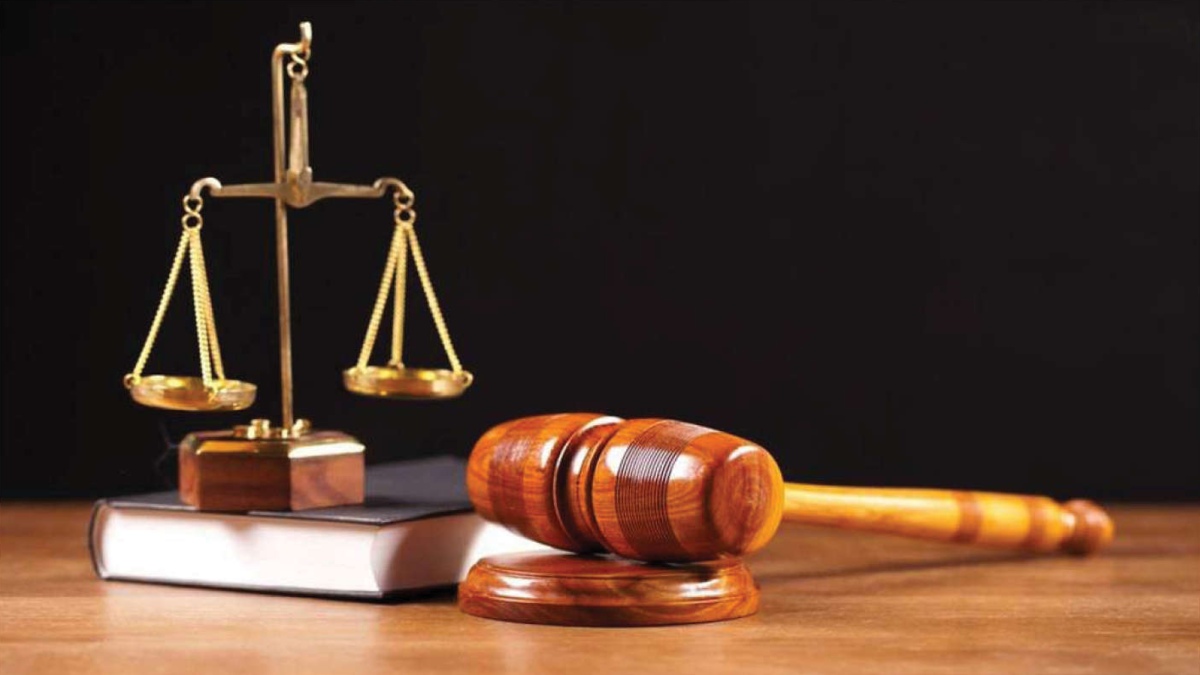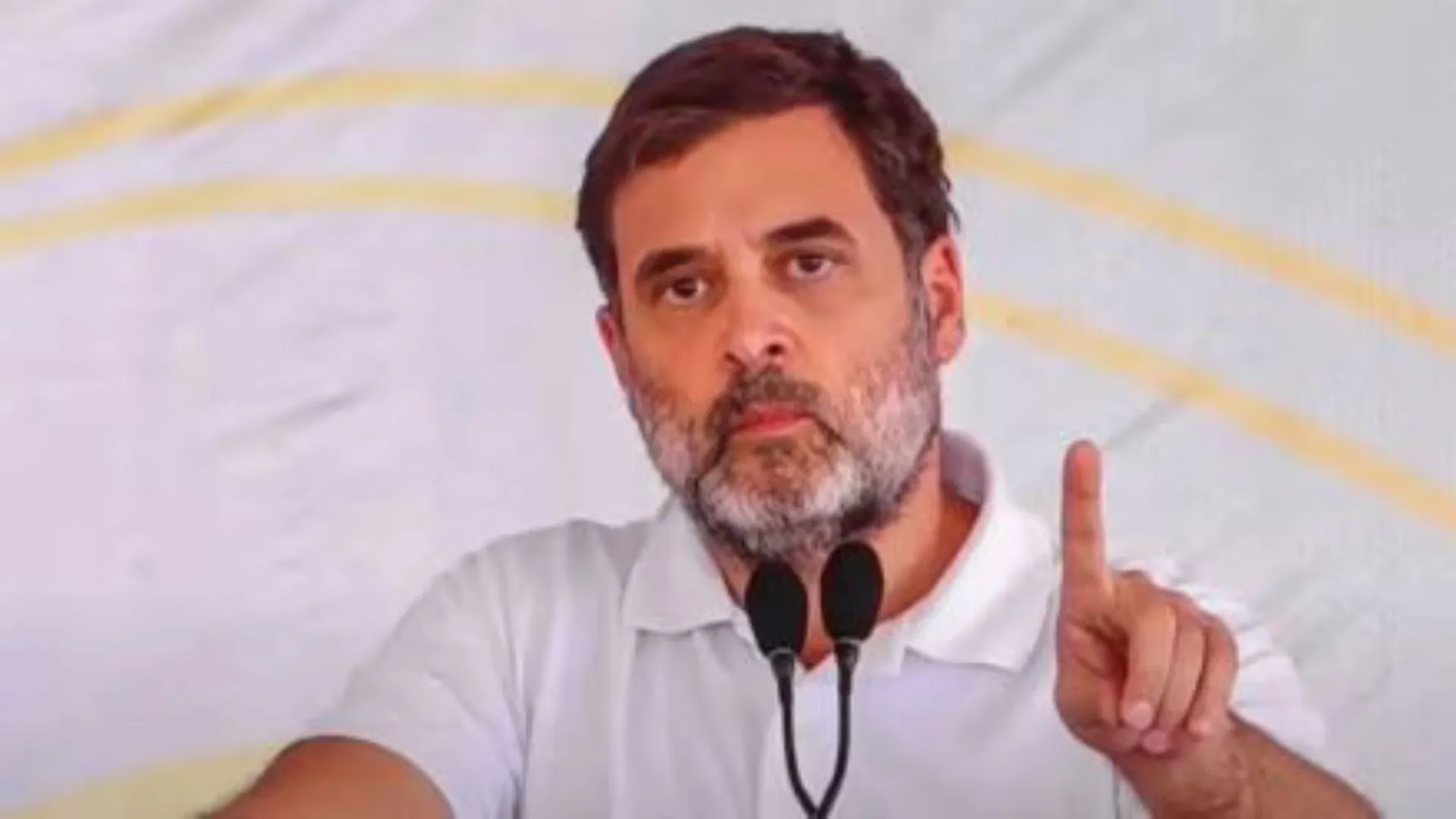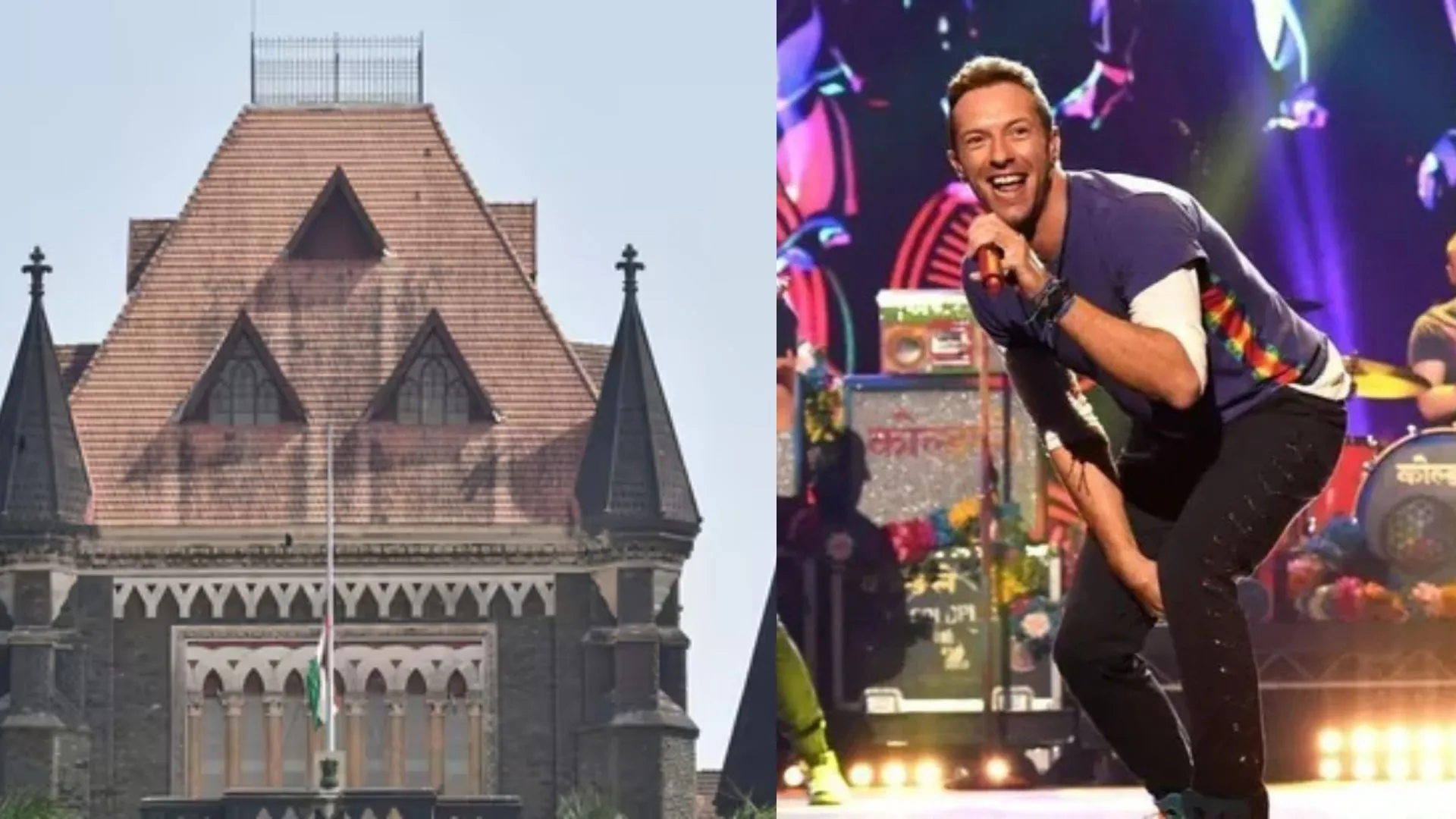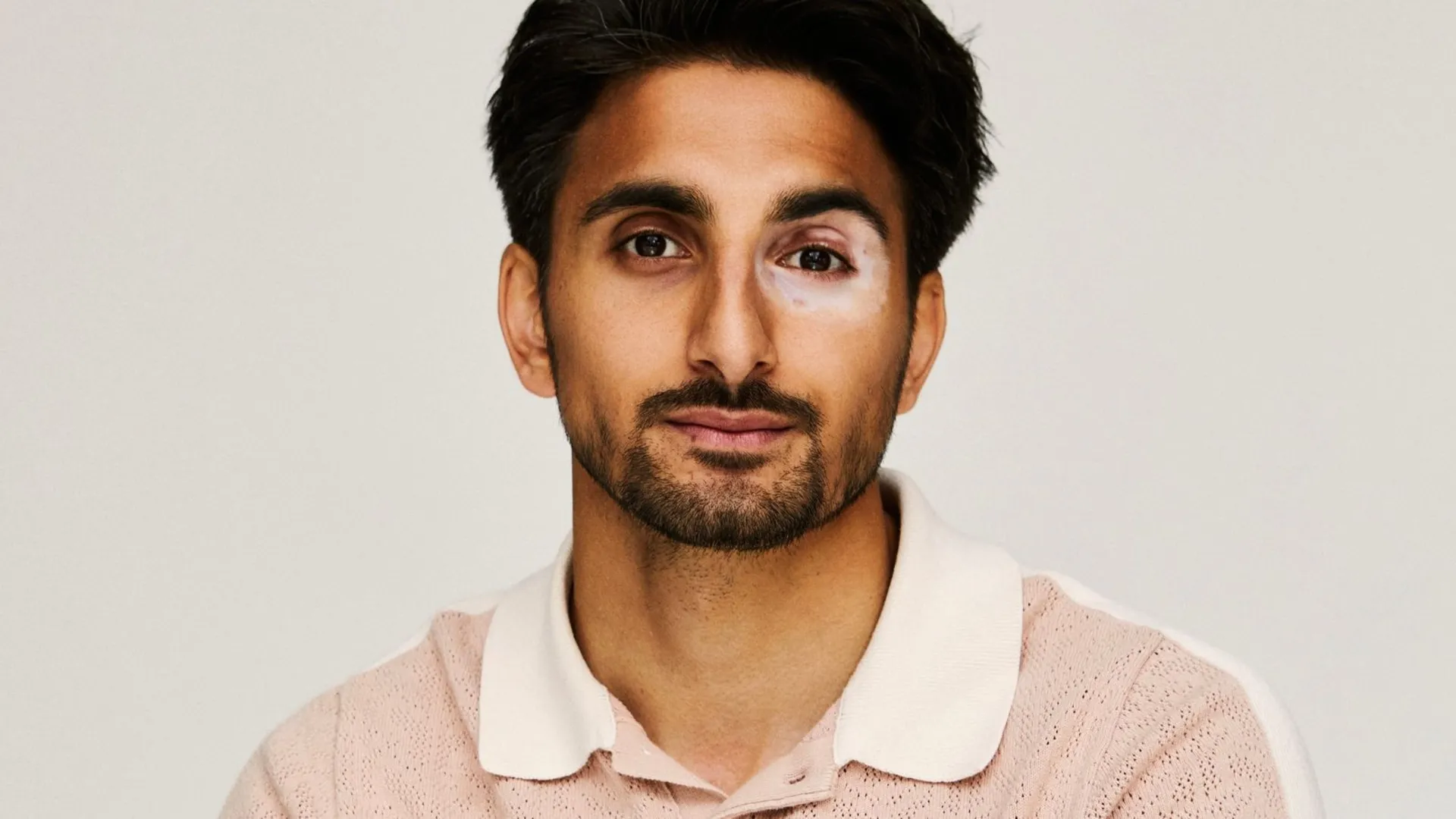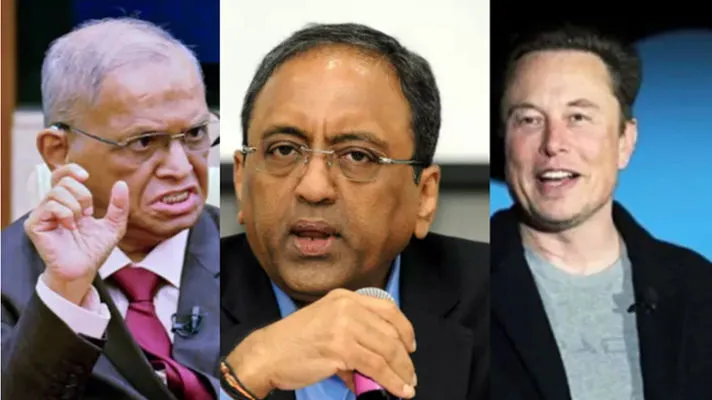INTRODUCTION
Formula 1 races have stopped taking place at the Buddh International Circuit because the Uttar Pradesh government has classified it under the category of “entertainment” and not “sport”, hence, increasing the tax percentage forced upon it. The reason I highlight this distinction is because, in the Abu Dhabi Grand Prix, the decisions of the Racing Director were driven with the intention of treating Formula 1 as “entertainment” rather than a “sport”. However, it is time that the enthusiasts for Formula 1 decide for themselves whether they want to watch Formula 1 as the sport that it is, or they want to reduce it to something that is intended to mean nothing more than entertainment.
Mostly everyone around the globe is aware of the recent controversy that has shadowed the most recent race of Formula 1. The controversy has arisen due to inconsistent decisions on part of the racing director, Michael Masi. The competence of Michael Masi and the authority vested into him can be easily questioned by anyone who is even merely aware of the regulations that drive this sport. Unfortunately, for Lewis Hamilton, the incompetence of Michael Masi cost him the chance to win his record-breaking 8th world title. This article will aim to evaluate through a legal perspective the rulings that took place on the last lap of the Abu Dhabi Grand Prix. Further, this article will aim to highlight the arguments put forth by both, the legal team of Mercedes and the legal team of Red Bull while contesting the protest filed by Mercedes at the end of the Grand Prix.
THE INCIDENT THAT TOOK PLACE
Nicolas Latifi, a driver for the Williams Racing Team, collided with the wall on Lap 53 out of 58 which brought out the safety car. Numerous drivers took advantage of the pit stop option, that opened up due to safety car, Max Verstappen being one of them. Six drivers were on the lead lap and eight were a lap down behind the Safety Car. Between race leader Lewis Hamilton and second-placed Max Verstappen, there were five drivers that were a lap down, but they were all slower than the two race leaders in overall time.
The twist was yet to come in this race, since Lewis Hamilton and Max Verstappen still had five cars between them, and the race officials decided that the lapped vehicles would not be able to pass the safety car. However, a radio message from the Red Bull Team Principal, Christian Horner to the Michael Masi asking that the lapped cars be allowed to overtake caused a miraculous and completely influenced change in the race control’s decision. Under the new decision, only the five lapped cars that were between Hamilton and Verstappen were instructed to get past the safety car, putting Verstappen squarely behind his competitor for a one-lap sprint to the finish line. Verstappen evidently being on an advantage having pitted for fresh new soft tyres. Now, there are certain aspects of this decision that absolutely need to be questioned. Firstly, why was the decision of lapped cars being allowed to overtake changed at the last moment, and secondly, why were only the five lapped cars between Hamilton and Verstappen allowed to overtake the safety car.
RELEVANT FORMULA 1 SPORTING REGULATIONS
There are two articles under the Formula1 sporting regulations that come into picture here: Article 15.3, Article 48.12. Mercedes had essentially protested around Article 48.12 and had argued that the regulations under the said article had been breached. The relevant portions of Article 48.12 states that, “If the clerk of the course considers it safe to do so, and the message “LAPPED CARS MAY NOW OVERTAKE” has been sent to all Competitors via the official messaging system, any cars that have been lapped by the leader will be required to pass the cars on the lead lap and the safety car.” Now, the keyword in this provision are the words “any cars” since, in the given case, only the five lapped cars between Hamilton and Verstappen were allowed to overtake and the rest of the lapped cars weren’t allowed. It is clear that Article 48.12 which provides a clear regulation on the overtaking aspect of lapped cars was breached in the given race. However, the question that arises now is whether the outcome of the race would’ve been different if the sporting regulations had been complied with, i.e., if all lapped cars had been allowed to overtake the safety car. The answer to that question likes within Article 48.12 as well. Article 48.12 further states that,
“Unless the clerk of the course considers the presence of the safety car is still necessary, once the last lapped car has passed the leader the safety car will return to the pits at the end of the following lap.”
The regulation specifies that after all the lapped cars have passed it, the safety car will return to the pits “at the end of the following lap”. Hence, if the all the lapped cars were allowed to overtake the safety car, then the last lap would’ve started, which would’ve meant that the race would’ve ended under the safety car making Hamilton the winner of the race and consequentially the winner of the world championship. As a reader, you must be wondering if it is so evident that the regulations have been breached then why didn’t the stewards change the outcome of the race after Mercedes had protested. This is where Article 15.3 comes into play for the race directors defence; according to 15.3 clause (e), the Race Director shall have overriding authority concerning the use of the safety car. The stewards dismissed Mercedes’ protest by citing that Article 15.3 gave authority to the race director to override Article 48.12. However, there is something extremely integral that they seem to have missed while deciding on the protest is that Article 15.3 also talks about the permanent consultation of the clerk of course with the race director while the race director is exercising his overriding authority which in this case was not present. The clerk of the course had not been adequately consulted by Michael Masi while deciding to spin regulations into Red Bull’s favour which clearly showcases a breach of Article 15.3 as well. Further, one could argue that the authority under Article 15.3 needs to be exercised only in extraordinary circumstances or in situations where the regulations do not provide sufficient information. None of which was the case during the Abu Dhabi Grand Prix.
Due to this incident, Mercedes chief Toto Wolff battled tooth and nail for an investigation into the event that cost his driver his fifth consecutive championship.
However, after prolonged stewards’ chamber reviews on Sunday, the FIA ruled in Verstappen’s favour.
THE WAY FORWARD
Something that needs to be taken immediate action upon is the authority given to team principles to directly communicate with the race director. The last-minute change of decision to allow only 5 lapped cars between Hamilton and Verstappen to overtake the safety car after Christian Horner had expressed his dismay with Michael Masi clearly showcases that the decision was influenced. Hence, any direct communication between the team principles and the race director shouldn’t be allowed, in between a race.
After close consultation at the FIA’s World Motor Sport Council meeting in Paris on 15th December, it was declared that a thorough investigation will be carried out to determine what went wrong and what lessons can be learned for 2022. The FIA blamed the scale of the impact on a ‘misunderstanding’ of the regulations by fans and teams in a statement but did at least accept that the issue was affecting F1. Michael Masi delivered his normal post-race report to the FIA, and the regulatory body will now conduct a thorough investigation into the occurrences and attempt to explain matters moving forward. Mercedes withdrew its appeal of the steward’s decision after FIA’s decision to form a commission for the same.
Once the FIA launches its in-depth investigation of what occurred at the conclusion of the Abu Dhabi Grand Prix, one aspect that will be examined is the judicial process that took place afterwards. Since Mercedes withdrew its appeal and allowed the 2021 championship and its much-debated conclusion to finally come to an end, it has become evident that the action was driven by the belief that the FIA would rule on its own questionable behaviour. The fundamental issue is whether the FIA International Court of Appeal will be a part of this process, or whether it can be entrusted to accomplish its claimed objective of becoming “an independent body with its own administration separate from the FIA’s core structure.”
Under the current regulations, anyone who has a problem with the FIA – say, the race director’s acts and the FIA-appointed stewards’ defence of those actions – must go through an FIA-branded court or no court at all. Considering that a successful appeal would reflect the race director and stewards failing at the highest level, it was always in the FIA’s best interests for the appeal to fail, and anyone can see the dilemma of what purports to be an FIA sanctioned court composed of FIA designated panellists assessing the activities of FIA stewards who have already defended the FIA race director’s actions. Hence, the need of the hour is for the FIA to reform the way it is policed, or how its judicial process works concerning appealing a decision.
The FIA’s declaration that the race director has complete authority over the safety car protocols, there is an implicit trust within the sport that he does so within the bounds of the sporting laws, and Michael Masi fell far short of that at the Abu Dhabi race.

